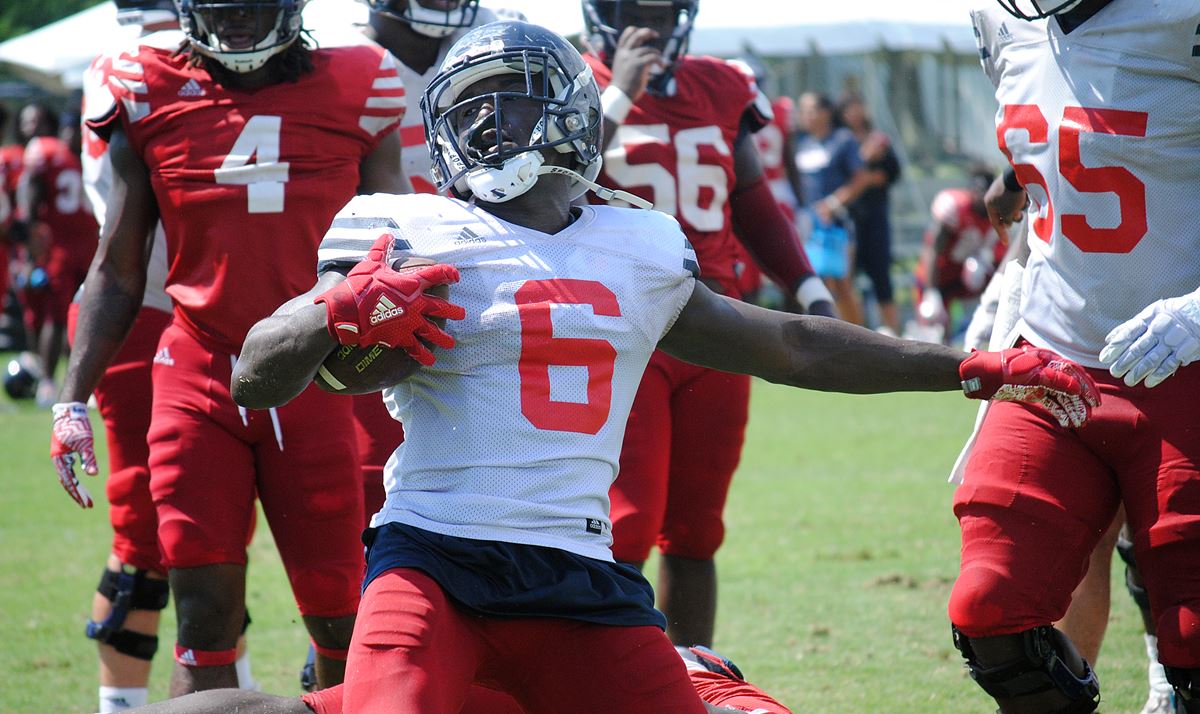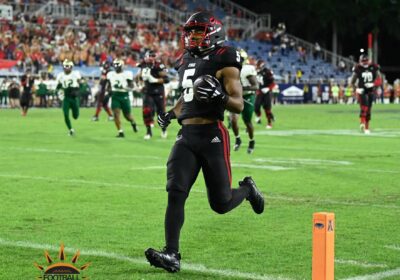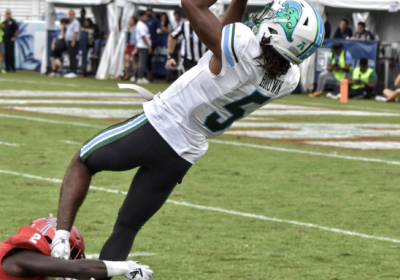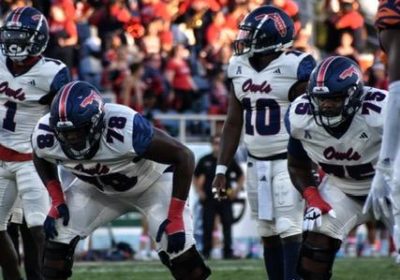[the_ad_group id=”632″]
BOCA RATON – Behind the billboards, buttons, and glamour of Devin “Motor” Singletary and his university-led Heisman campaign is one of the most efficient running backs in the nation.
Singletary is the country’s leader in rushing touchdowns (12) and one of the most talented players in college football. He is also human. The junior’s 112 carries is second nationally, and with the explosiveness Kerrith Whyte has brought in his relief, a more healthy split could be in play going forward.
Whyte is 73 carries behind Singletary on the year. But Singletary acknowledges it doesn’t take many opportunities for his backfield mate to make an impact.
“At any time a big play can happen – in the blink of an eye. That’s just how I look at it,” Singletary said of Whyte’s breakaway ability.
Whyte leads Conference USA in yards per carry (7.0) among players with at least 35 rushing attempts. That mark is good for No. 19 in the country.
Over the past three games he has been exceptional, clearing 70-plus rushing yards in each contest and scoring twice – one of those a 23-yard touchdown reception against UCF.
Whyte’s strong play hasn’t gone unnoticed by FAU coach Lane Kiffin. And it might earn him a bigger share of the rushing workload going forward.
“I’ve been very high on Kerrith for a while now and really have always been,” Kiffin said. “Probably been some times where we should have played him more, especially last week. Motor’s play count got too high, carries got too high just because we were trying to get something going because we were struggling.”
Whyte is a shifty back with speed to burn, a distinct shift from the powerful, pinballing running style of Singletary.
The variance between their skill sets is part of what makes the pair such an effective one-two punch.
“Everybody’s prepping for Motor then all of a sudden then here comes Kerrith with the breakaway speed, and they don’t know what to do now,” right tackle Brandon Walton said. “Defenses are worried and are stacking the box about Motor and then here comes Kerrith with perimeter runs, and so that gets them all confused.”
It isn’t just the change in running styles that throws defenses off and makes them give up chunk gains to the Owls.
Singletary believes himself and Whyte find success through the high standards they set for the backfield as a collective.
“I feel that we feed off each other’s energy. So if he sees me, Oh, Motor’s going to work. I don’t have any choice but to go to work. If I see him, K-Whyte’s not playing [around]. He’s running with a purpose. I can’t go in there slacking. I feel like that’s what it is.”
With redshirt-freshman quarterback Chris Robison and the passing attack still finding its rhythm, establishing the run behind Singletary and Whyte has been crucial for the Owls to consistently move the ball.
Given the success of FAU’s backfield – 230.8 rushing yards per game is second in the conference – the Owls could elect to implement a two-back set, where both Singletary and Whyte share the field at the same time. This would both remove pressure from Robison and create more opportunities for two of FAU’s most dynamic offensive players.
“The sky’s the limit. I think that could be real dangerous,” Whyte said of the potential of a two-back. “Just having multiple threats with the quarterback, receivers, and two running backs on the field – it doesn’t get better than that. I think that’s a scary sight.”
Added Singletary, “That is a lot to deal with. I couldn’t imagine.”







Recent Comments